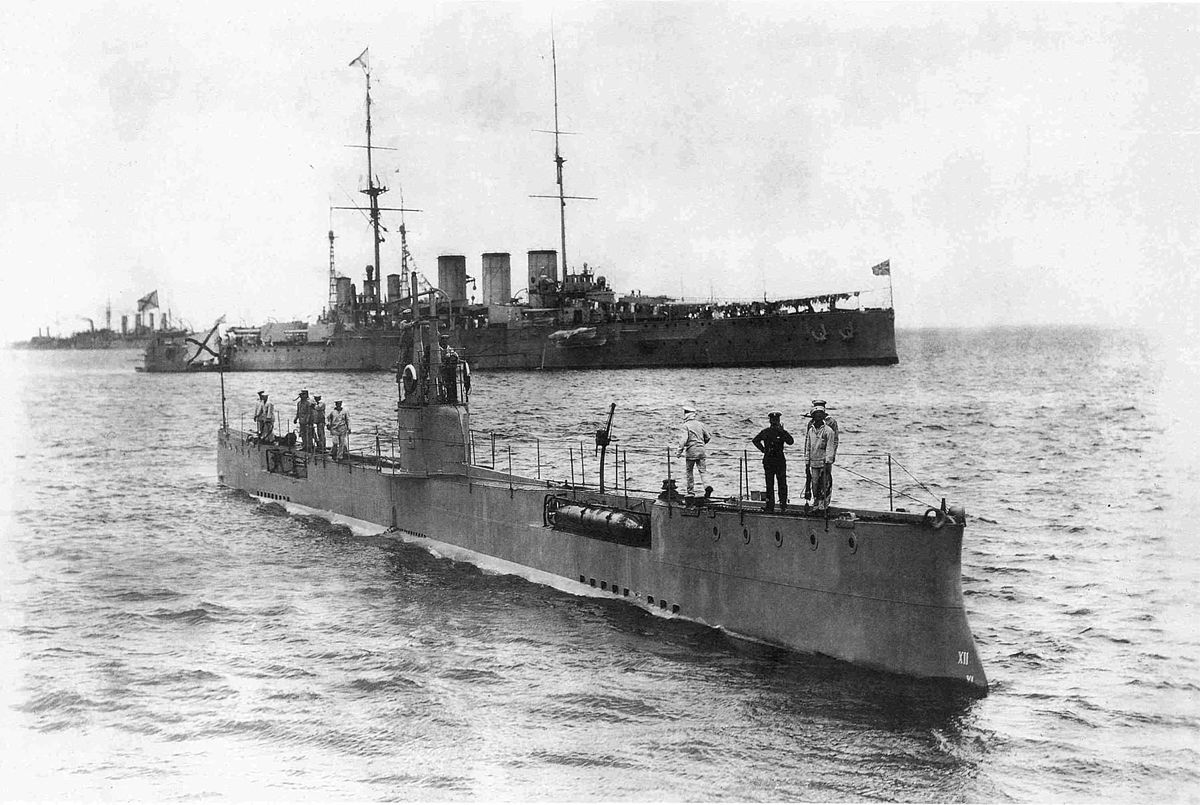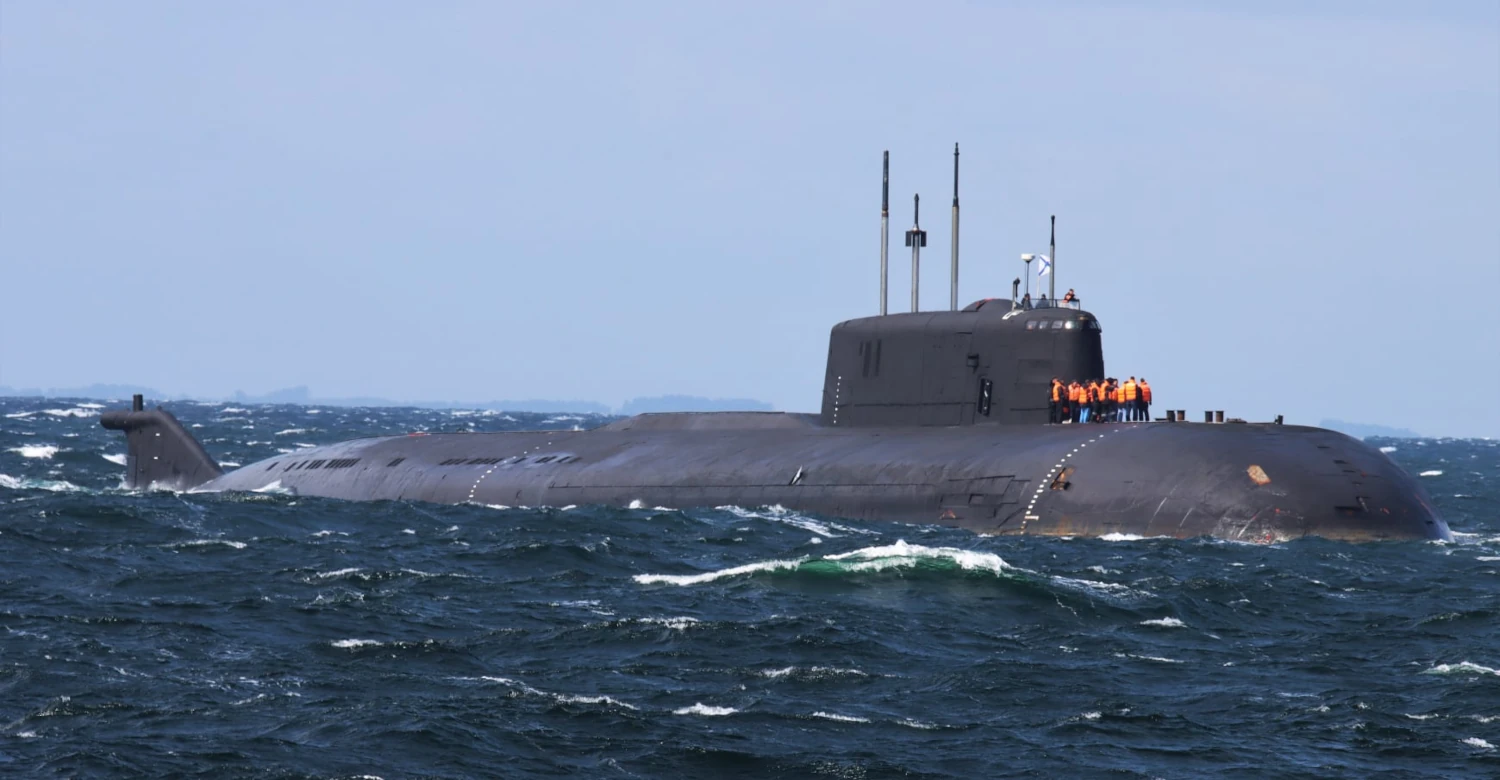Russia Lost Submarine - Last year, 14 Russian sailors died as a result of a fire on a secret Russian submarine. The ship has been identified
(AS-12), a nuclear-powered submarine also known as GUGI, considered a key component of the Russian Deep Sea Research Directorate.
Russia Lost Submarine

"On July 1, 14 submariners - sailors died in the territorial waters of Russia as a result of inhalation of combustion products on board the underwater research device designed to study the bottom of the sea and the bottom of the World Ocean for the interests of the Russian Navy. The fire occurred during bathymetric measurements," the state-controlled TASS news service reported.
Sailing These Russian Nuclear Submarines Was Basically A Suicide Mission
There is no denying that it takes a special kind of sailor to serve aboard a submarine. You literally live in a steel tube underwater for weeks, sometimes months. You have to get used to polluted air, lack of sun and very small rooms; and then there's the fact that a steel pipe turns into a watery metal grave very easily!
Doubtful because he succeeded in the attack, but 21 crewmen died when three boats sank. A similar fate would befall many other submarine crews.
The Soviet and later Russian navy has unfortunately seen more than its fair share of modern submarine disasters. So much so that the line at the end of the video
Based on the book of the same name, the American national security adviser looks almost miserable when he asks his Soviet counterpart: "You almost lost another submarine."
Russia Lost Two Nuclear Weapons. Why? They Are Trapped 5,000 Feet Below The Waves On A Dead Submarine.
Unfortunately, the Soviet Navy lost many submarines during the Cold War. Among them was the diesel submarine S-80, which crashed in the Barents Sea. It sank below snorkel depth and, as the de-icing system was outside the ship, quickly flooded and sank to the bottom of the sea with 68 crew members.
In January 1962, a Soviet B-37 exploded after a torpedo room fire while docking at the Northern Fleet base in Polarny. The explosion killed 122 sailors, including those from the B-37, and seriously damaged the S-350 submarine. Among those who lost their lives in the terrible accident were several people from other ships and shipyards.
The Soviet Pacific Fleet diesel-powered submarine K-129 was lost about 1,800 miles (2,890 kilometers) northwest of Hawaii after sinking below its operational depth and causing flooding. Other theories suggest that the hydrogen battery exploded or collided

, but whatever the reason, its remains have never been found - reports suggest the US Navy may have removed parts of the submarine.
China And Russia In Mysterious New Submarine Project
(NATO: November) class nuclear-powered submarine sank after an engine room fire. This was actually the second fire, as the first caused the crew to abandon ship. After the arrival of the rescue ship, the crew tried to regain control of the submarine, which sank in heavy seas due to a second fire while towing the boat - 52 sailors were killed.
Was one of the most efficient submarines ever built. Her operating depth was over 3,000 feet, but she sank on April 7, 1989, after a fire broke out on board. Although only four died from direct fire, the rest died from the impact, and many more could have been saved if the Soviet Navy had launched an earlier rescue operation.
While some of the accidents can be attributed to the poor safety of Soviet submarines during the Cold War, the Russian Navy has also experienced several submarine disasters since 2000, including some in port. When the nuclear power plant was commissioned in August 2000, it was one of the worst among the first.
All 118 crew members died as a result of an explosion in the torpedo room in the Barents Sea. The
Argentina Locates Missing Submarine
The wreckage was excavated and the Type-65-76A torpedo ultimately caused the accident. Although the weapon is powerful enough to destroy an aircraft carrier in one hit, the Soviet Union designed the torpedo to run on hydrogen peroxide, which is highly volatile and requires careful handling. The crew was not properly trained to use this weapon.
In August 2003, during a storm in the Barents Sea, 9 crew members were killed when the nuclear submarine K-159, which was in port to dismantle nuclear reactors, capsized. Three years later, another nuclear submarine caught fire
On November 8, 2008, 20 sailors and shipyard workers were killed and 20 people were injured. The incident happened on K-152

In December 2011 and September 2013, multiple seafarers were injured in separate shipyard accidents. The first happened in 2011 on a nuclear submarine
From The Archives: Russian Maps Suggest Soviet Subs Cruised Canadian Arctic
When a fiery fire burned for nine hours in the city of Murmansk and the flames reached a height of 10 meters! Another fire broke out in the nuclear submarine
Peter Suciu is a Michigan writer who has contributed to more than four dozen magazines, newspapers and websites. He is the author of several books on military headgear, including a Russian Navy submarine carrying bus-sized nuclear torpedoes spotted in the Arctic earlier this week amid fears of nuclear weapons tests. Wednesday.
Project 09852 Belgorod was spotted operating on the surface in the Barents Sea off the Kola Peninsula on September 22 and 27, USNI official Hi Sutton told Naval on Wednesday.
Italian newspaper La Republica reported on Monday that military officials in Europe warned that the submarine was heading to the Black Sea to test the Poseidon torpedoes.
Soviet Submarine That Sank In 1989 Is Leaking Some Radiation, Survey Finds
Pentagon officials did not provide any specifics about the Belgorod movement when contacted by the USNI earlier this week. However, the defense official generally downplayed the submarine's recent operations.
"I know that's not a satisfactory answer other than to reiterate that we haven't changed our attitude."
First discovered in 2015, the Poseidons are strategic nuclear weapons designed to bypass the West's growing missile defense capabilities.
The concept calls for the 80-foot nuclear torpedoes to be armed with warheads of up to 100 megatons that could be fired thousands of miles from a coastal target.
Russia To Add Strategic Nuclear Submarine To Naval Fleet
The explosion "will destroy the enemy's important economic facilities in the coastal regions and cause guaranteed devastating damage to the country's territory, creating large areas of radioactive contamination, rendering them unusable for military, economic or other purposes for a long time." A Russian presentation recorded by the BBC in 2015.
Based on the design of the Oscar-class guided missile submarine, the boat officially entered the Russian Navy at a ceremony in July, according to the USNI. Belgorod is part of Russia's specialized submarine force, known as the General Directorate of Deep Sea Research - Russian acronym GUGI (Glavnoye Upravleniye Glubokovodnikh Issledovaniy).
In addition to fighting up to six Poseidons, the 30,000-tonne Belgorod serves as the mothership for small submarines used by the Russians for deep-sea operations.
"Belgorod" submarine opens up new opportunities for Russia to conduct various researches, enables various scientific expeditions and rescue operations in the most remote areas of the world's oceans, - the head of the Russian Navy, Admiral Nikolay Anatolyevich Yevmenov, said in a statement in July.
Russian Nuclear Submarine With 'doomsday Weapon' Has Just Disappeared
"The ship is intended for solving various scientific problems, conducting search and rescue operations, and can also be used as a carrier of deep-sea rescue and autonomous unmanned underwater vehicles."
Sweden russia submarine, russia new submarine, russia submarine news, lost submarine, india russia submarine, russia submarine, russia submarine fleet, russia lost, atlantis the lost empire submarine, submarine graveyard russia, submarine in russia, submarine base russia
0 Comments